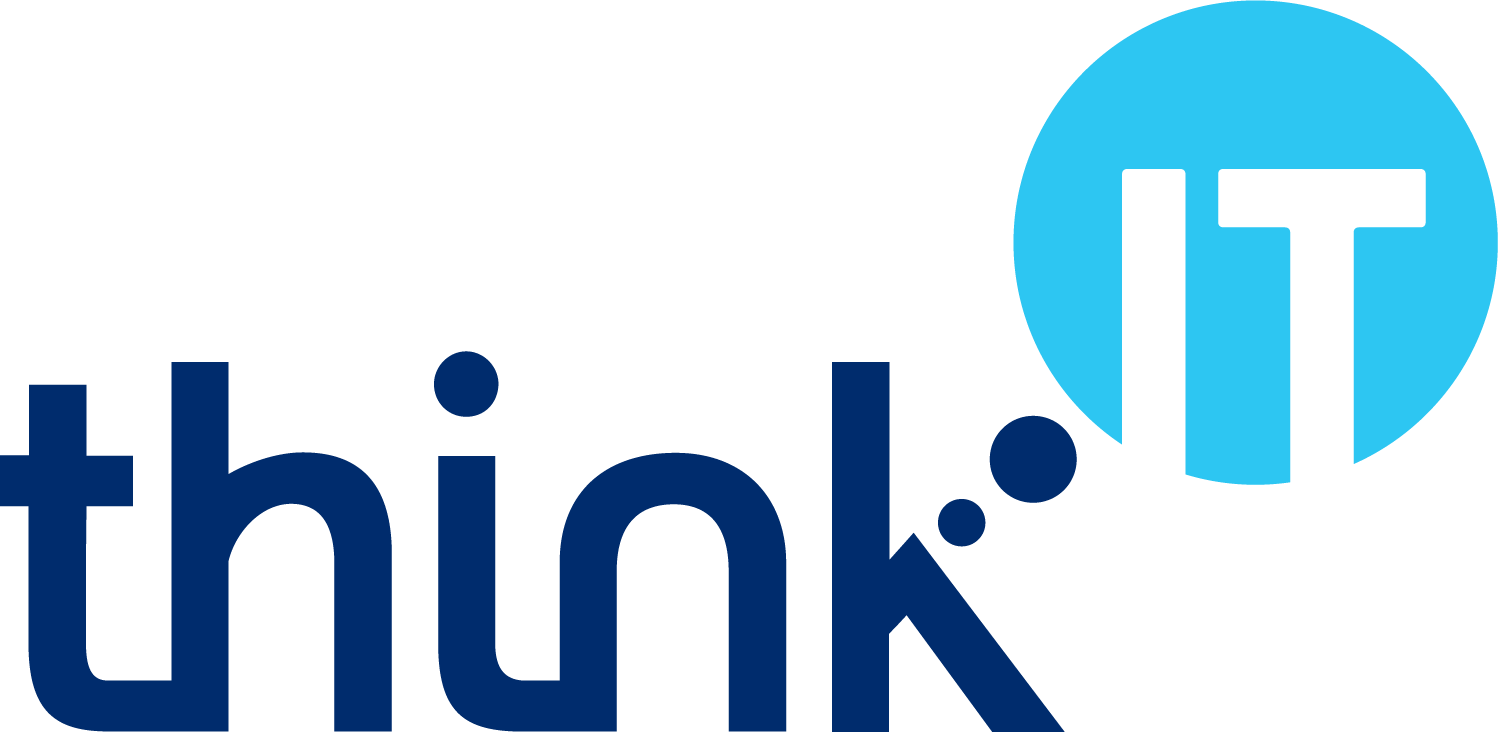The Ofcom Connected Nations Update, published in May 2021, states that about 37% of UK homes now have access to broadband services that can support gigabit speeds, an increase of about 2.9 million (37%) on the August 2020 update.
This update follows the Wholesale Fixed Telecoms Market Review in March 2021, in which Ofcom found that UK households are using 40% more data every year with streaming TV, video calling and online gaming, and of course the effect of the Covid-19 pandemic that shifted so much working and learning to the home.
Different technologies
Gigabit-capable broadband means a connectivity technology that can support download speeds of at least 1 gigabit per second (Gbps), but this can be achieved with a number of different technologies.
Full-fibre connectivity, which may also be called fibre-to-the-premise (FttP), means fibre optic cables run all the way from the main network node (e.g. the ‘exchange’) to your home or business premises. Ofcom report that just under 6 million homes now have access to full-fibre broadband.
Most often gigabit-capable connectivity implies full-fibre, but it is also possible to achieve this speed with other technologies.
Ultrafast broadband and high-speed cable broadband, which may also be called G.fast and DOCSIS 3.1 (in the case of Virgin Media) aren’t end to end fibre, but have considerable fibre components in the network which reach closer to the premises than with ‘traditional’ broadband technologies, using a short copper or Hybrid Fibre Coaxial (HFC) cable to make the final connection. These are generally seen as 300+ Mbps services (0.3 Gbps), but in some cases are capable of 1 Gbps. Ofcom’s report states that approx. 17.7 million homes (about 61%) now have access to a service in this category.
5G networks are also potentially capable of 1 Gbps speeds, however as deployment is currently at an early stage there is limited coverage with this technology.
Other technologies
The gigabit-capable technologies, then, are few in number (though of course there are variations in the above). So what about all the other broadband technologies?
Superfast broadband, the term that has been around for some years now, generally refers to download speeds of at least 30 Mbps (0.03 Gbps). UK wide coverage is over 95%, and in the main this is called fibre-to-the-cabinet (FttC), where the fibre optic cable runs to the street cabinet (the tall green boxes), and the connection from there to the premise is based on a normal copper telephone line.
Broadband, which is also called ADSL (and ADSL Max, and ADSL2+), makes up the rest. Ofcom describe ‘decent broadband’ as being 10 Mbps downstream and 1 Mbps upstream, and states that about 650,000 premises (just over 2% of the UK) are unable to get this.
Growth areas
The majority of the increase in availability of gigabit-capable services since the Ofcom report in August has been additional areas covered by Openreach amounting to about 0.9 million homes. There have also been extensions to Virgin Media’s high-speed cable (DOCSIS 3.1) network: about half a million homes have been added in this time, meaning 2.8 million premises now have access to it.
Coverage in the South West
Of course, UK-wide numbers don’t often reflect the position in the South West, the most rural and largest geographic region in England. According to thinkbroadband.com, full-fibre coverage is just under 22% (about 40% lower than UK-wide), and at the other end of the scale, premises with below 10 Mbps downstream shows over 4% in Devon and in Somerset too: over double the nationwide picture.
There is some good news, though. An increasing number of ‘altnets’ (see below) are operating in the South West, and Openreach also announced in July 2020 their largest ever ‘hard to reach’ full-fibre build, covering 33 locations in the region.
At Think IT we’re now working with a wide range of providers and technologies to help address this. Some providers specialise in certain approaches or technologies, and others wholesale solutions from the big telecoms companies like Openreach (the functional network division of BT) and Virgin Media. ‘Altnets’ (alternative network operators – as in alternatives to Openreach and Virgin Media), who typically focus on a specific geographic area, almost always take a full-fibre approach. INCA, an association supporting the need for better connectivity in the UK, announced in 2020 that altnets across the country were available to about 1.2 million premises.
We have access to all these options, so that we can find the best solution in each individual situation.
If you want to talk about broadband and connectivity, working from home, or anything else, you can contact us by phone (01392 435803), email (enquiries@thinkit.co.uk) or drop us a message through the Contact Us page of our website: www.thinkit.co.uk.





